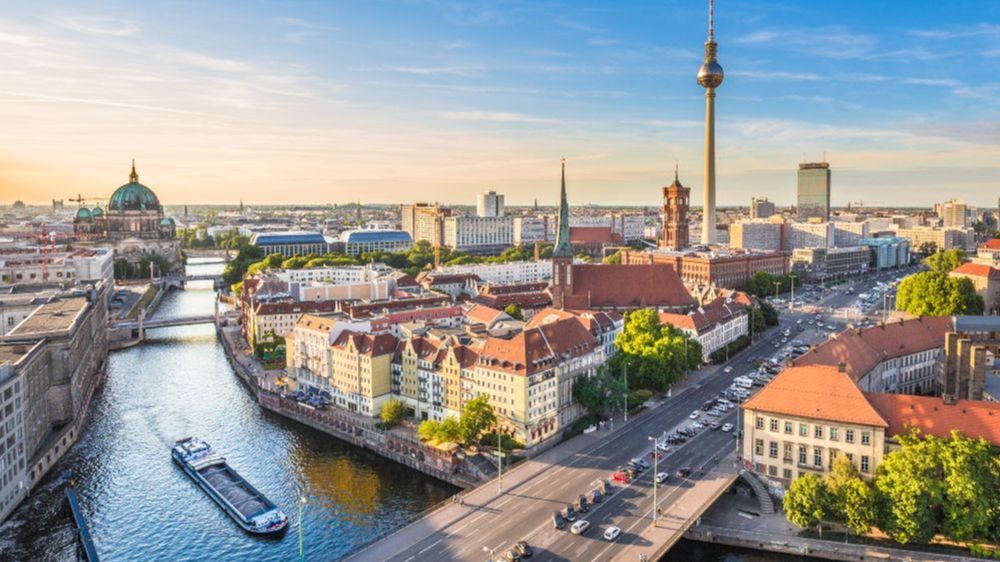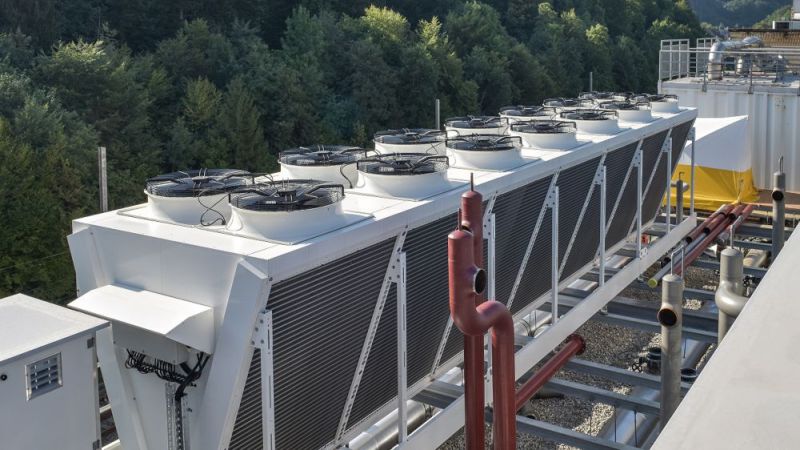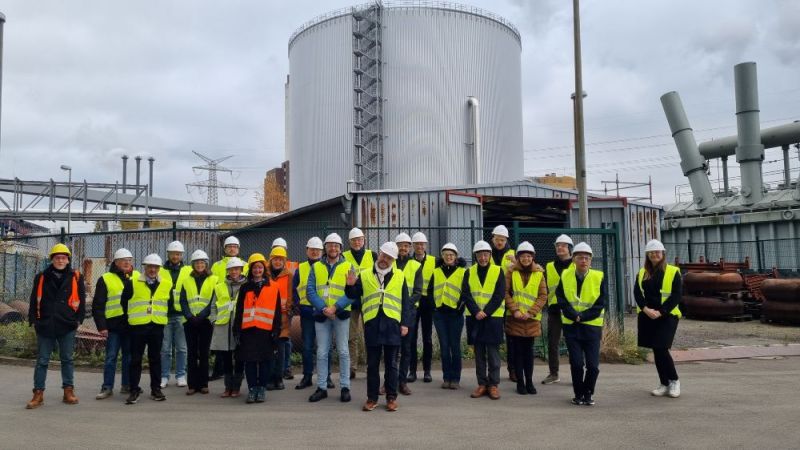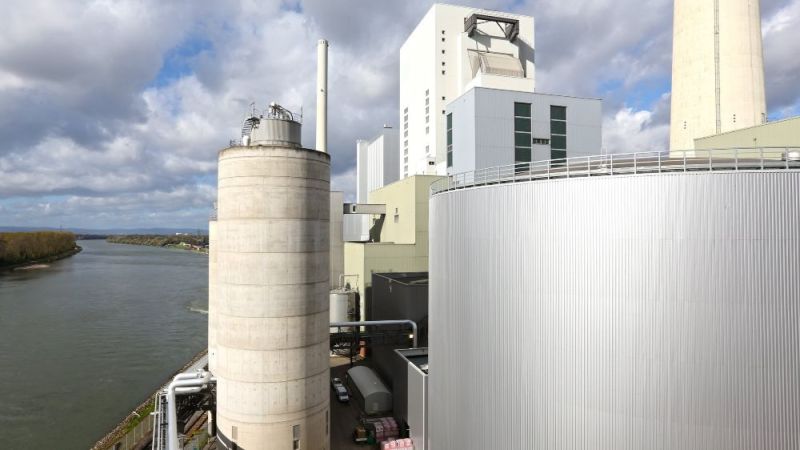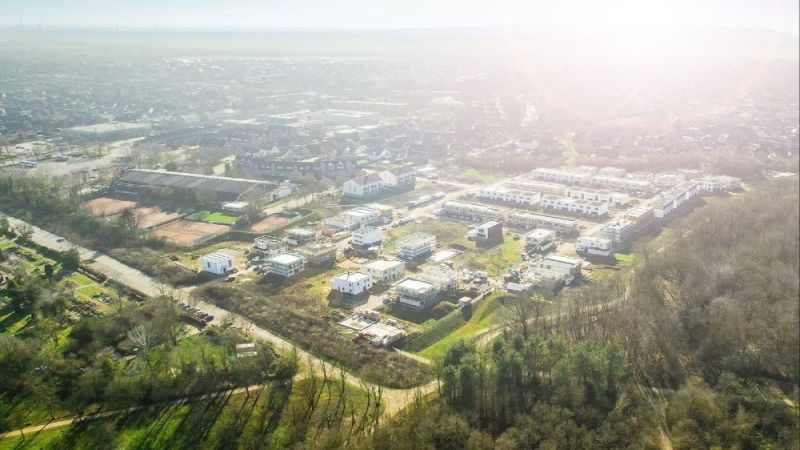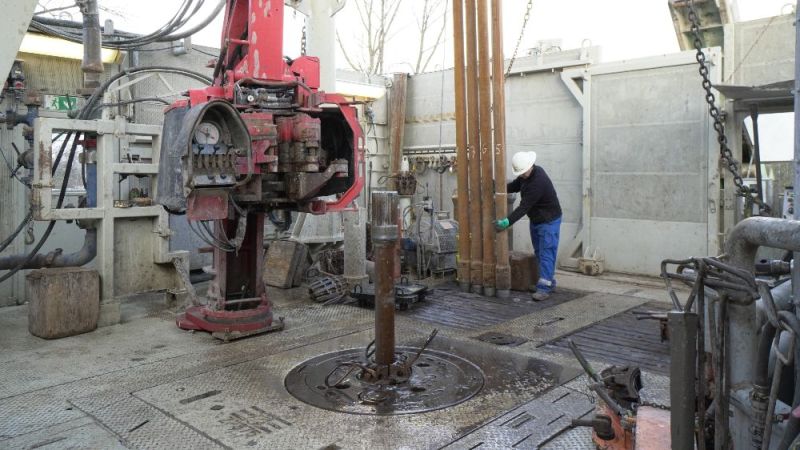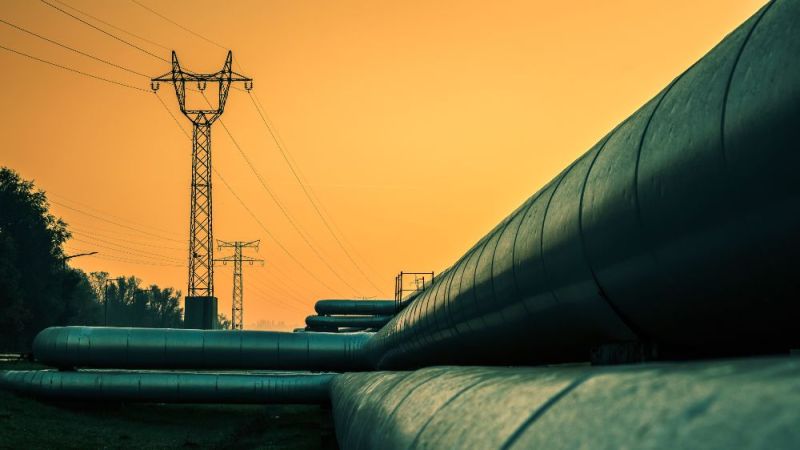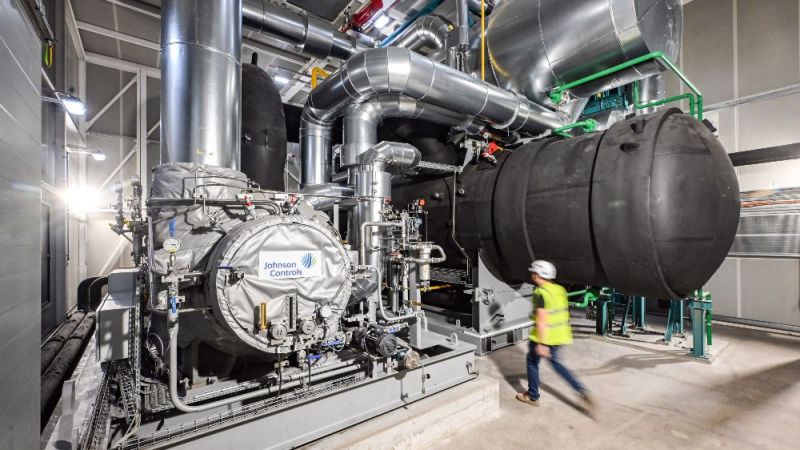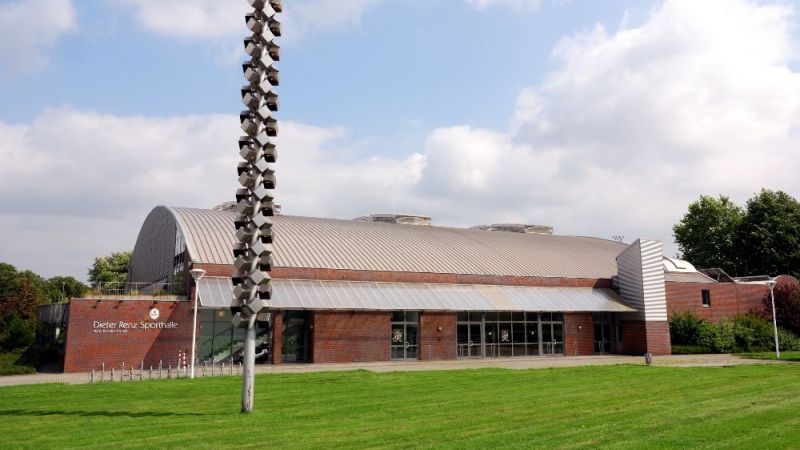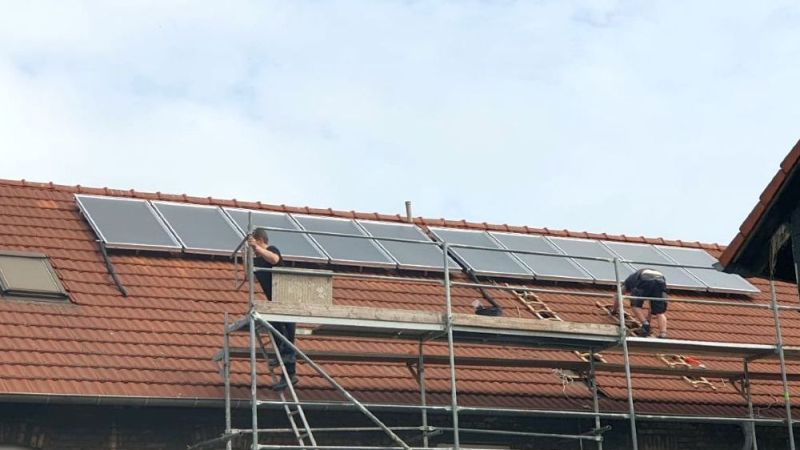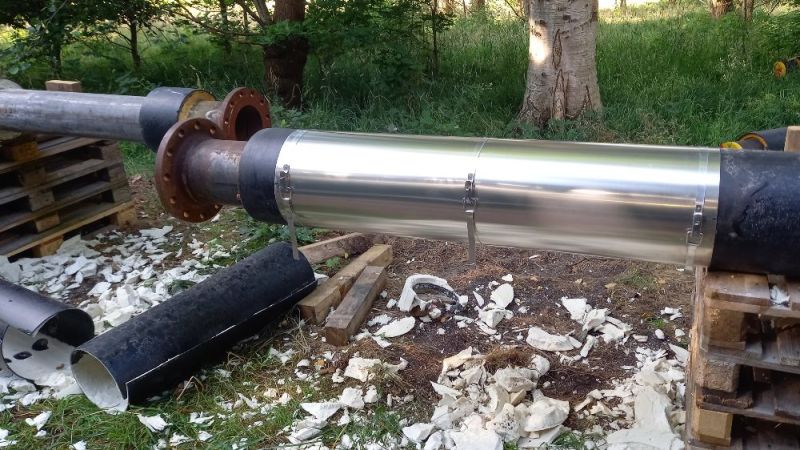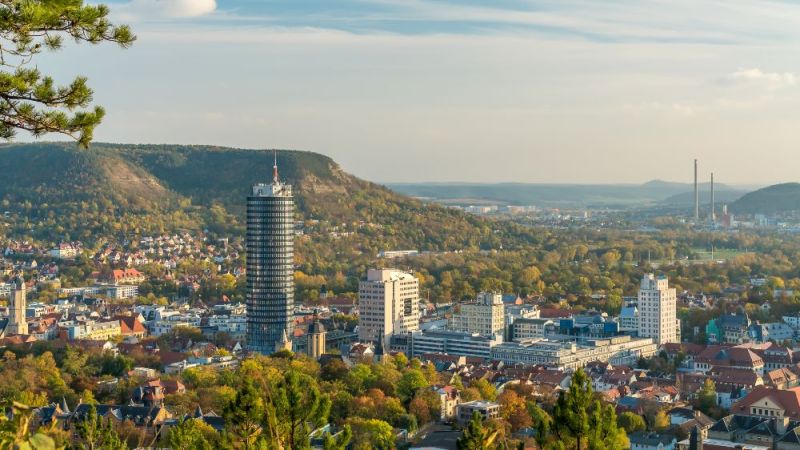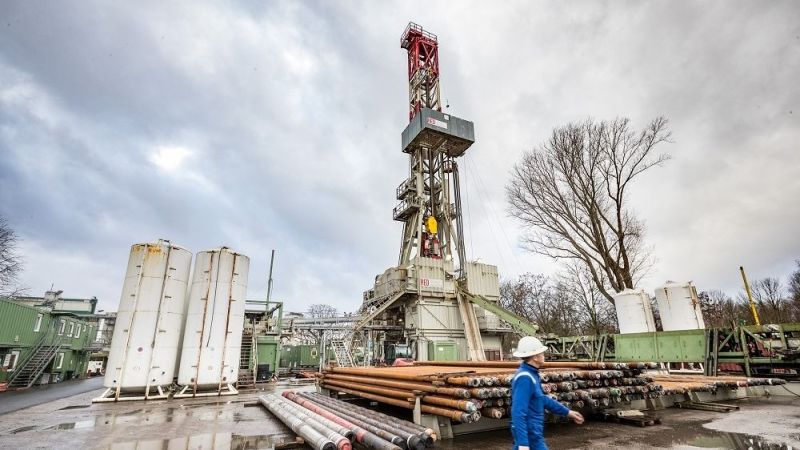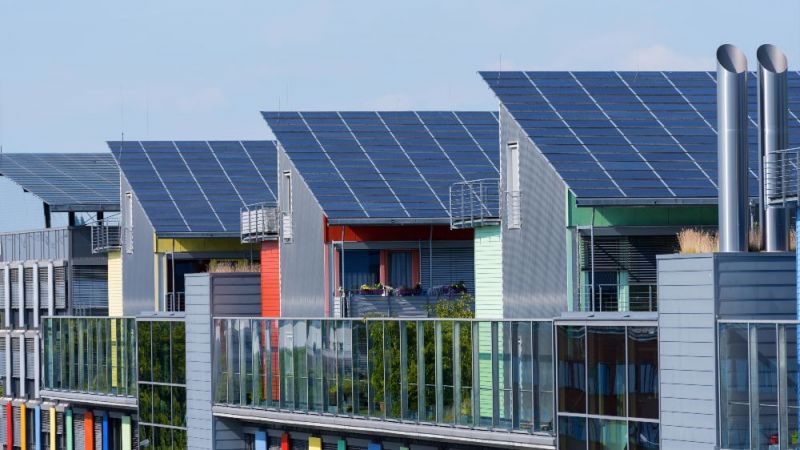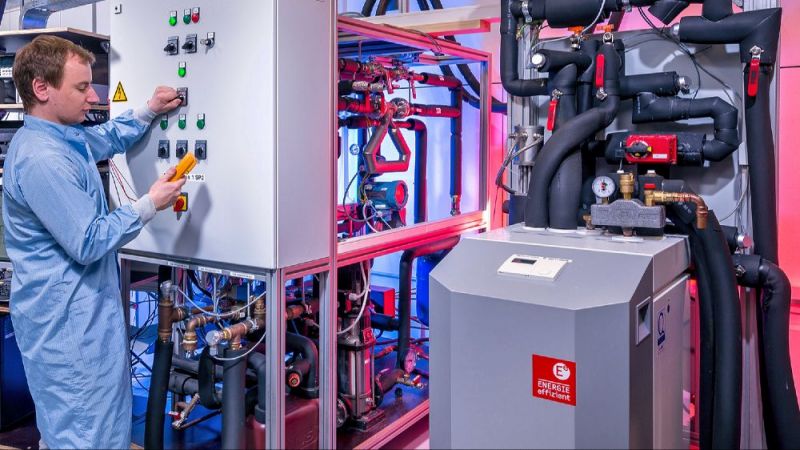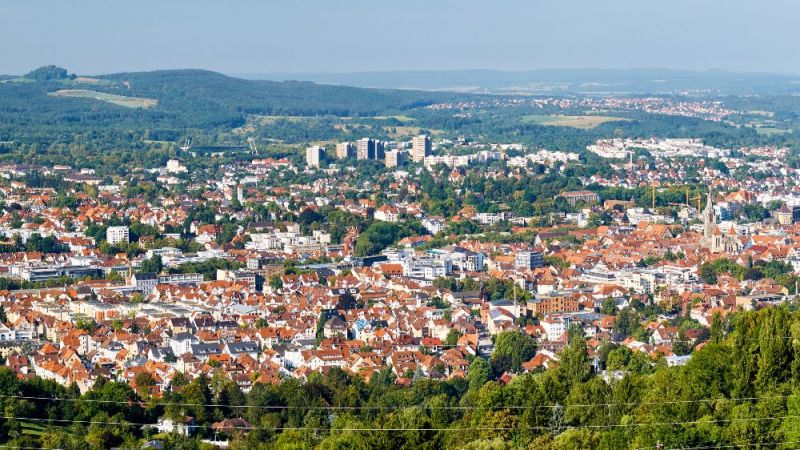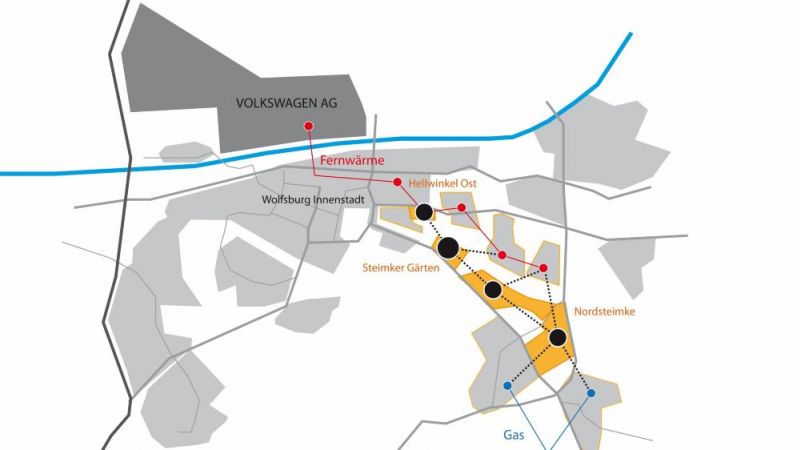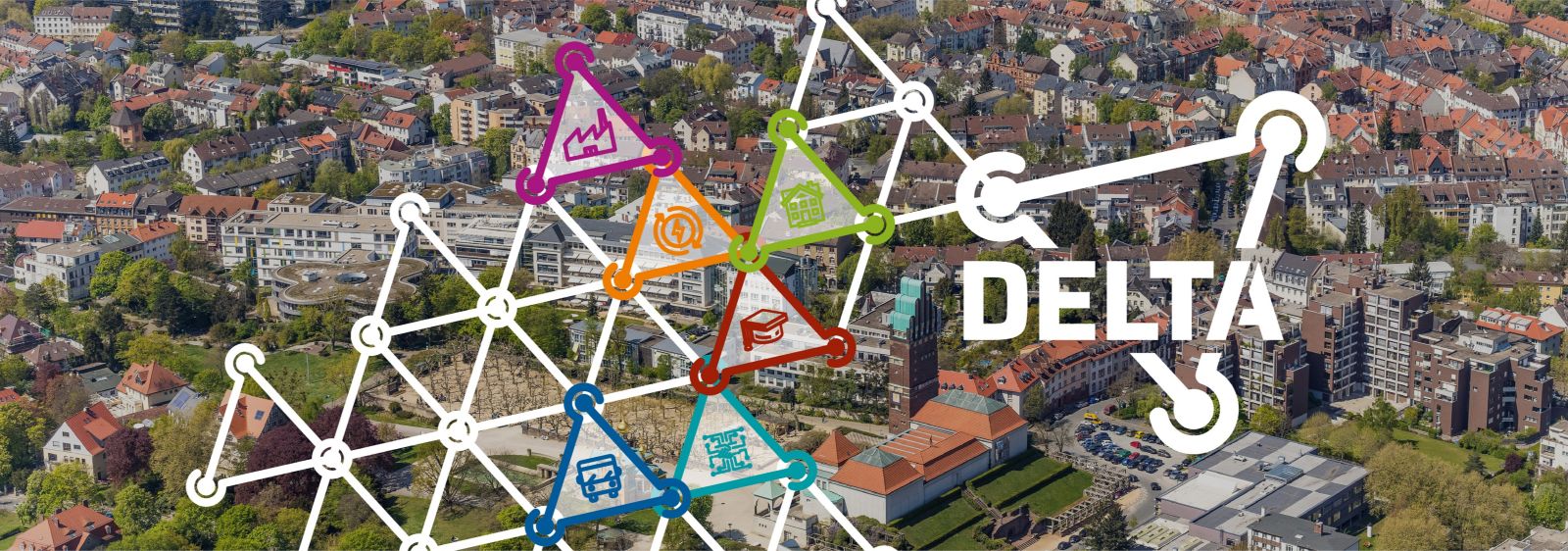
Connected City
Living Lab for the Energy Transition DELTA Launches in Darmstadt
Urban energy systems play a major role in achieving Germany’s climate change goals. Cities have high energy densities and complex energy flows. In Darmstadt, several stakeholders who have successfully implemented individual innovations are now aiming to tap into the potential for optimization in these energy systems through the DELTA living lab.
DELTA, which stands for Darmstadt Energy Laboratory for Technologies in Application, is to become a showcase for urban energy transition through interconnected, energy-optimized districts. It is one of the winners of the Federal Ministry for Economic Affairs and Energy’s (BMWi) ideas competition for living lab for the energy transition. The living labs demonstrate how the energy transition can work in practice. The pioneering projects consider several energy technologies in an interconnected manner, implementing them on an industrial scale. Within the Federal Government's 7th Energy Research Programme, the projects are seen as an innovative funding policy format that will help to put applied research into practice and accelerate the energy transition.
Connecting sectors through seven subprojects
Cities are comprised of many individual types of district. The DELTA project focuses on both residential and industrial districts. These districts differ, for example, in terms of their mobility requirements, energy infrastructure, development of energy usage over time, and useful energy requirements. Sector coupling might result in conventional energy carriers being displaced from the energy system.
The DELTA subprojects are focused on energy-optimized residential districts, the utilization of industrial waste heat, decentralized electrolysis, flexibility in medium-voltage grids, low-emission mobility, and non-technical innovations. They will be interconnected in practice with pipelines and storage systems for heat, electricity, gas, and hydrogen, and the grids will be operated using digital methods.
The project aims to reduce CO2 emissions by more than 14,000 tonnes. Once the project reaches the end of its duration, this total might increase to 25,000 tonnes per year after scaling up. This will be achieved through reduced energy consumption, the flexible generation of electricity, and a more efficient use of resources. The project is being provided with € 40.1 million in funding by the BMWi. (pj)
An in-depth, regularly updated profile of the project can be found here.


